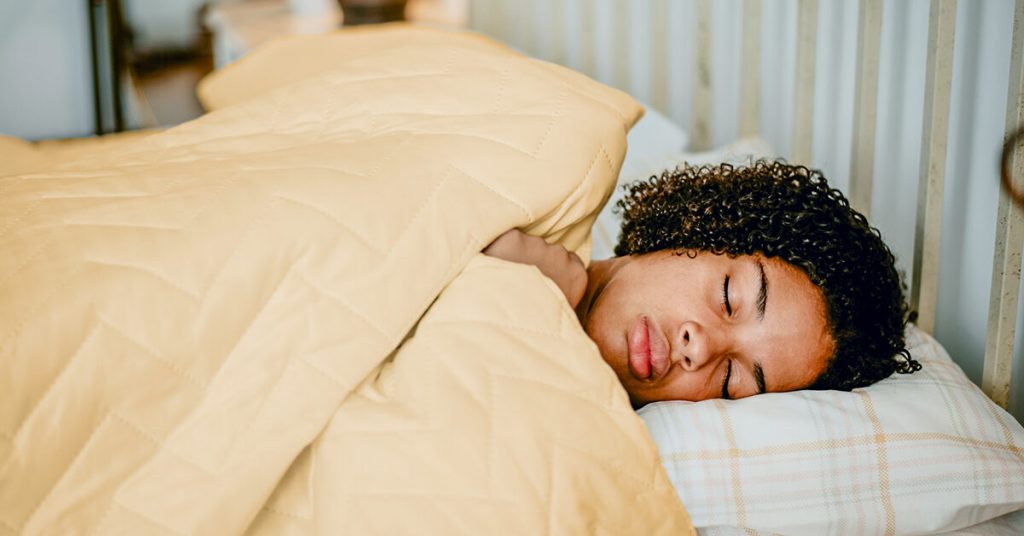
Humans spend a third of their life sleeping (25 years or more). Isn’t that amazing to think about? Humans can survive longer without food than they can without sleep. In 1894, Russian scientist Marie Mikhaïlovna de Manacééne conducted one of the earliest experiments on extreme sleep deprivation. She found that when she deprived puppies of sleep, they all died within four or five days, despite every effort to keep them alive. The younger the puppy, the more quickly it died. The word “sleep” derives from the Proto-European base *sleb, “to be weak,” and is related to “slack.” “To sleep around” was first recorded in 1928. Keep in mind that sleep is a universal characteristic of complex living organisms and has been observed in insects, mollusks, fish, amphibians, birds, and mammals. Only one half of a dolphin’s brain goes to sleep at a time. Dolphins are capable of what is known as unihemispheric sleep, in which one hemisphere of the brain goes into a deep sleep while the other hemisphere remains awake. This allows dolphins to sleep under water without drowning. Dolphins spend approximately one third of their lives asleep. Today, we are going to be exploring more on sleep, so stay with us!
- Slow-wave sleep appeared about 180 million years ago. REM sleep is believed to have appeared 50 million years later. Humans most likely developed a monophasic sleep/wake pattern in the Neolithic period (10,000 B.C.).
- During the first two years of a baby’s life, new parents will miss six months of sleep on average.
- Heart disease, diabetes, and obesity all have been linked to chronic sleep loss.
- During the night, we move back and forth between quiet sleep and deeper, active sleep. We go through four or five 90- to 110-minute rounds of this basic quiet/active sleep cycle each night.
- The average amount of time people sleep has dropped from nine hours in the pre-lightbulb era to seven-and-a-half hours today.
- Ken Parks, who murdered his mother-in-law by bludgeoning her with a tire iron and attempted to murder his father-in-law by strangulation, offered sleepwalking as a defense during his trial. He was acquitted.
- Each year, sleep-related errors and accidents cost U.S. businesses an estimated $56 billion, cause nearly 25,000 deaths, and result in 2.5 million disabling injuries.
- Over 70 million Americans suffer from a sleep disorder. Of those, over 60% have a chronic disorder.
- When applied patiently and systematically, sleep deprivation is said to be the single most effective form of coercion and torture.
- A nineteenth-century Chinese merchant was sentenced to death for murdering his wife. Sleep deprivation was deliberately chosen as the method of execution on the grounds that it would cause the maximum amount of suffering and would serve as the greatest deterrent to other potential murderers. He eventually died on the nineteenth day, having suffered terribly.
- People whose normal nightly sleep duration is either unusually short (less than four hours) or unusually long (more than nine or 10 hours) have a higher-than-average risk of dying prematurely.
